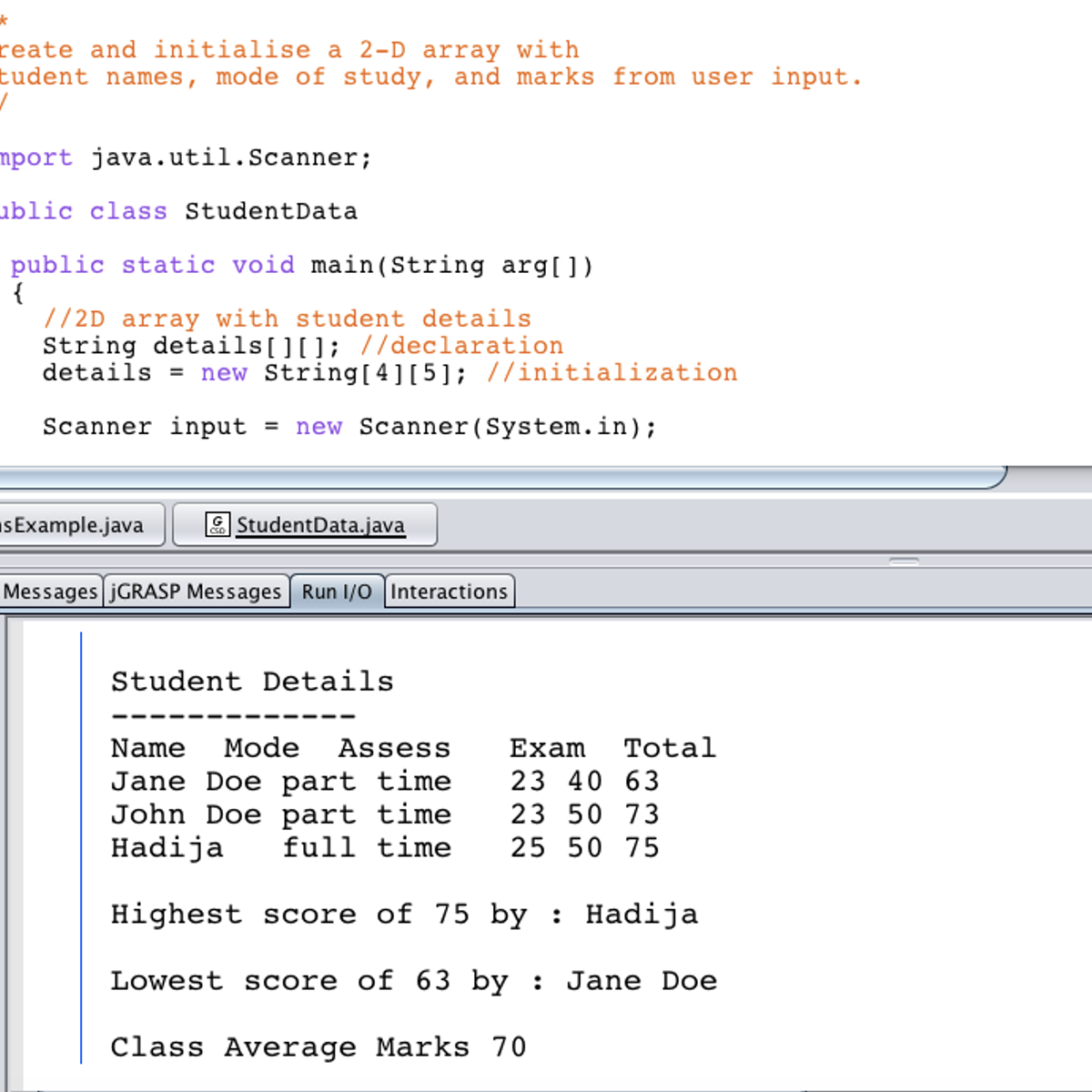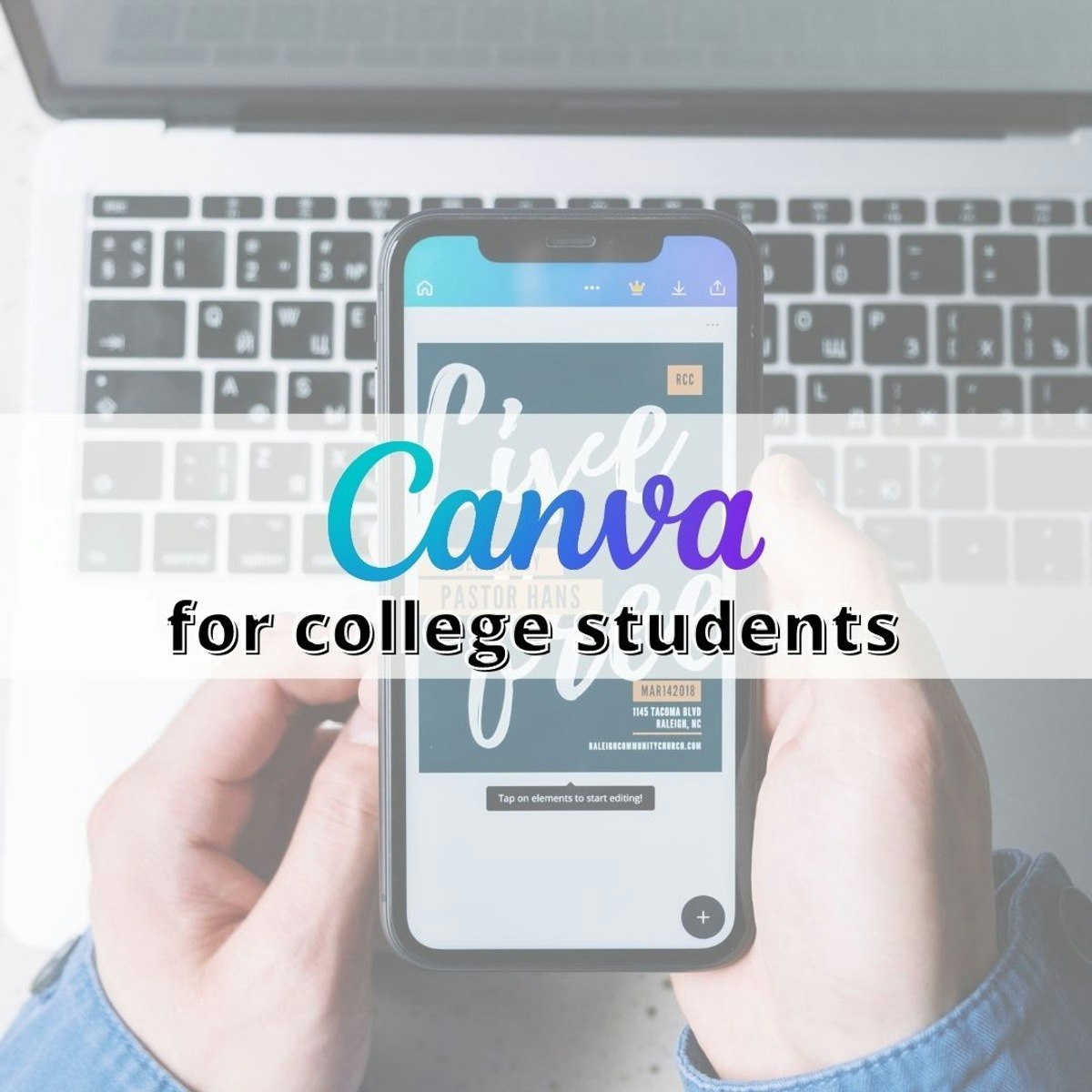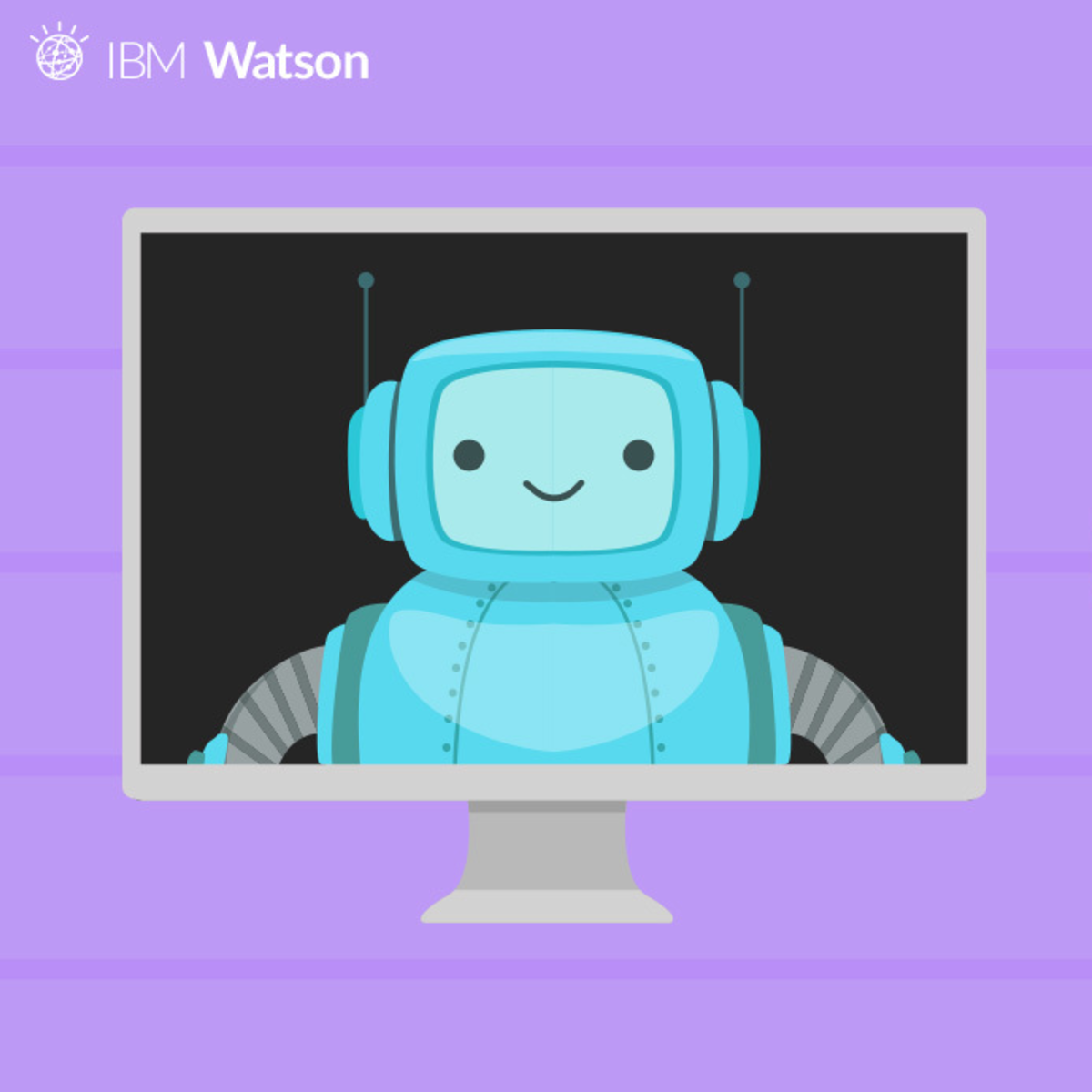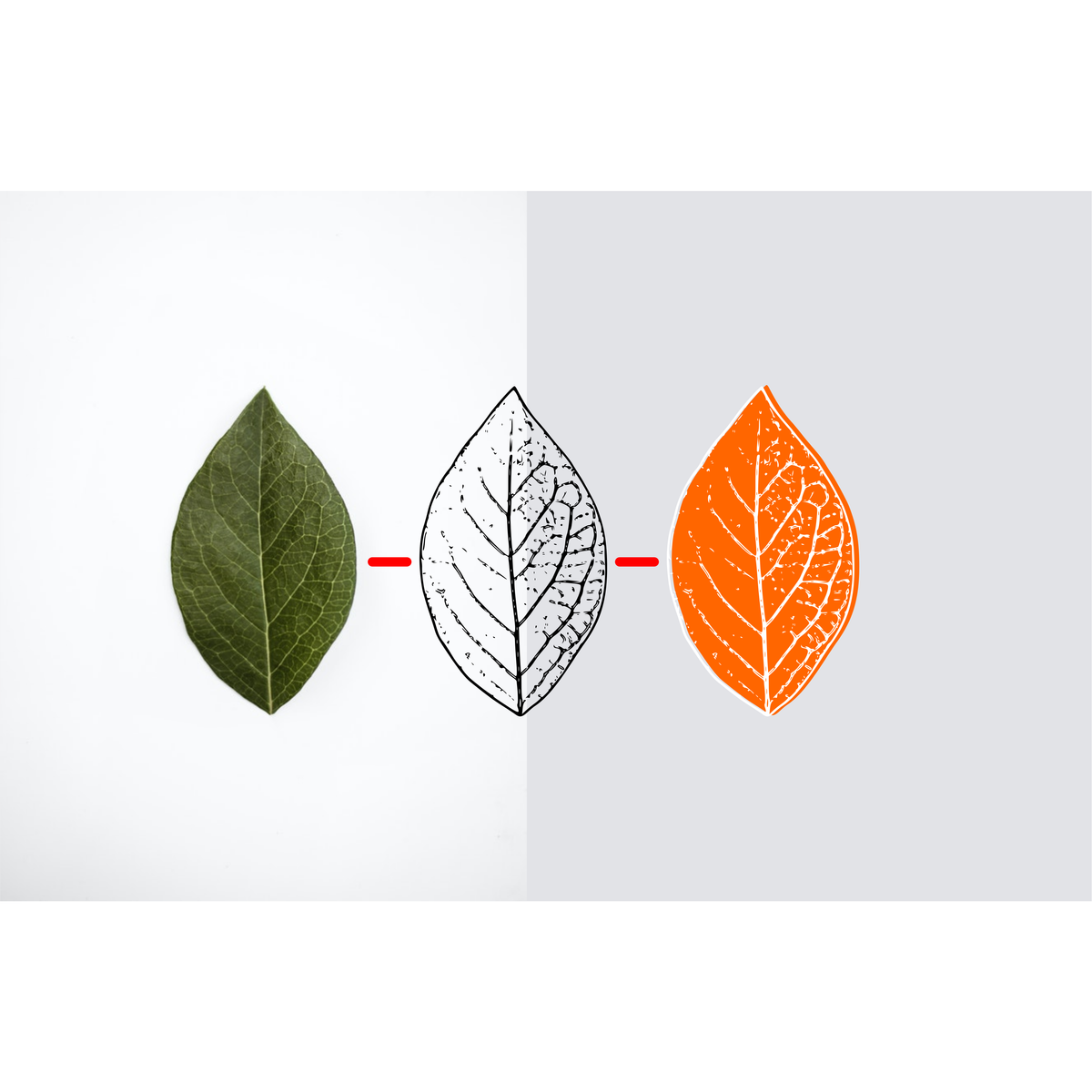Back to Courses









Computer Science Courses - Page 93
Showing results 921-930 of 2309

Introduction to virtual machines in Microsoft Azure
By the end of this project, you will have successfully created an Azure account, logged into the Azure Portal and created, and configured a virtual machine. You will also have tested your deployment by connecting to the VM using Windows Remote Desktop.
You will build the Virtual machine through a series of tasks which include selecting the appropriate image for your VM and choosing the most appropriate options for disk storage and networking configuration. The skills learned in this guided project provide the foundation to understanding and implementing Infrastructure-as-a-Service (IaaS) solutions in Microsoft Azure.
If you enjoy this project, we'd recommend exploring the Microsoft Azure Fundamentals AZ-900 Exam Prep Specialization: https://www.coursera.org/specializations/microsoft-azure-fundamentals-az-900

Create a Record of Students using Arrays in Java
This project provides a step-by-step approach in instruction and will equip you with fundamental concepts of creating arrays and array lists in Java programming, from the ground up. Using jGRASP development environment, you will create a Java project that records and processes students’ data. The data includes name, mode of study, and marks. Using this data, you will output the student details, compute the total marks per student, determine the average mark, and the highest mark for the class. You will also be introduced to basic concepts in using array lists. By the end of this project, you will be able to write a Java program using one-dimensional arrays, two-dimensional arrays, one-dimensional array lists, and two-dimensional array lists.
If this is the first time you are learning about arrays and array lists you will benefit from writing a program from a blank sheet to a fully functioning program. If you already have programming experience, this is an opportunity to refresh your skills in array data structures. No matter your level, you will be able to apply the skills obtained from this course in real-life programming exercises. To provide you with support outside the course, you will find a pool of additional notes and exercises that you can try at home.
If you ever wanted to build on the fundamental skills in Java that you already possess and become better at using arrays, this project is the right place to start!

Responsive Web Design in Adobe XD
Responsive Web Design in Adobe XD is the sixth course in a program that will equip you with the skills you need to apply to entry-level jobs in user experience (UX) design. In this course, you will design a responsive website using Adobe XD, a popular design tool. You will complete the design process from beginning to end: empathizing with users, defining their pain points, coming up with ideas for design solutions, creating wireframes and prototypes, and testing designs to get feedback. By the end of this course, you will have a new design project to include in your professional UX portfolio.
In addition, you’ll learn how to search for entry-level UX design jobs, create a resume that highlights your skills and accomplishments, and build your professional portfolio website.
Current UX designers and researchers at Google will serve as your instructors, and you will complete hands-on activities that simulate real-world UX design scenarios. Learners who complete the seven courses in this certificate program should be equipped to apply for entry-level jobs as UX designers.
By the end of this course, you will be able to:
- Apply each step of the UX design process (empathize, define, ideate, prototype, test) to create a responsive website.
- Develop designs in a popular design tool, Adobe XD.
- Plan information architecture and create sitemaps for website designs.
- Apply common layouts for web pages.
- Plan and conduct a usability study to gather feedback about designs.
- Iterate on designs based on research insights.
- Work with design systems in Adobe XD.
- Add a new design project to your professional UX portfolio.
- [Optional] Create or update a UX-focused resume.
- [Optional] Learn how to search for and apply to introductory-level jobs in the field of UX.
This course is suitable for beginner-level UX designers who have completed the previous five courses of the Google UX Design Certificate. Alternatively, learners need to have a strong foundational understanding of the design process; experience creating wireframes, mockups, and prototypes; and the ability to conduct usability studies. No previous experience with Adobe XD is required.

Build a Guessing Game in C# on Linux
By the end of of this project you will create a guessing game application that pits the computer against the user. You will create variables, static methods, decision constructs, and loops in C# to create the game.
Traditionally, C# and other Microsoft languages have been limited to the PC with Visual Studio as the IDE. Dot Net has been open-sourced and is now available on Linux. The Visual Studio Code IDE also has been fitted with a Language Extension plugin for C# as well for a pleasant developer experience on Linux.
Note: This course works best for learners who are based in the North America region. We’re currently working on providing the same experience in other regions.

Covid-19 Cases Forecasting Using Fbprophet
Predictive models attempt at forecasting future value based on historical data. In this hands-on project, we will analyze the transmission of Covid-19 virus across the globe and train a time-series model (fbprophet) to get the projection of corona virus-related cases in the United States.

Canva for college students
In this project the learner will learn how to use Canva for their college journey. Canva is an online graphic design program that allows you to create and design all types of documents, graphic design compositions and more. Canva is a great option for those looking for a user-friendly and easy-to-use platform to create attractive designs for their resumes. Canva has many elements that are free and it gives you a lot of freedom when designing. In addition to this, Canva has paid content that offers another endless number of elements and possibilities for the design but they are not mandatory or totally necessary, so the user has the freedom to choose how much content or elements they want to have at their disposal. Canva is an extremely useful tool for those who are just starting out and even becomes a very good tool for those who have spent years designing in more advanced programs. It is a fast option that does not need to be installed on your computer and as long as you have an Internet connection, it will be an accessible tool.

Building AI Powered Chatbots Without Programming
This course will teach you how to create useful chatbots without the need to write any code.
Leveraging IBM Watson's Natural Language Processing capabilities, you'll learn how to plan, implement, test, and deploy chatbots that delight your users, rather than frustrate them.
True to our promise of not requiring any code, you'll learn how to visually create chatbots with Watson Assistant (formerly Watson Conversation) and how to deploy them on your own website through a handy WordPress plugin. Don't have a website? No worries, one will be provided to you.
Chatbots are a hot topic in our industry and are about to go big. New jobs requiring this specific skill are being added every day, consultants demand premium rates, and the interest in chatbots is quickly exploding.
Gartner predicts that by 2020, 85% of customer interactions with the enterprise will be through automated means (that's chatbots and related technologies).
Here is your chance to learn this highly in demand set of skills with a gentle introduction to the topic that leaves no stone unturned.

4G Network Fundamentals
4G is the cutting-edge network technology that links millions of smartphones to the internet. But how does it actually work?
Ideal for network engineers, sales engineers, application developers, and many other telecoms pros, this course will help you to understand the technology behind the apps and devices we use every day.
You’ll get a solid overview of LTE/EPC (Long Term Evolution / Evolved Packet Core) 4G networks, how they work, how the network architecture is designed, and which protocols are used.
First, you’ll gain exposure to the global architecture of the network, how the radio interface works, and how security is guaranteed. Then you’ll dive into the operational side. What is a bearer? How is it quickly configured and released? How does 4G handle millions of terminals that are on the move all the time?
A certificate of completion is awarded by Coursera to learners who achieve a grade above 50%.
This course has received financial support from the Patrick & Lina Drahi Foundation.

Make Any Image into a Vector Graphic with Inkscape
By the end of this project, you’ll be able to import and convert raster images, including photos and old logos, to a vector graphic with Inkscape. Inkscape is a free and open-source vector graphics program, and it offers built-in tools that help you turn images into vector graphics, making them easy to resize and edit. These vector versions can be used for all kinds of projects, from web images to stickers.
To convert raster images to vector graphics, you’ll learn about and use two of Inkscape’s tools: Trace Bitmap and the Bezier Pen Tool. You’ll also practice editing those images to customize them for later use. Finally, you’ll practice exporting what you’ve created.
Note: This course works best for learners who are based in the North America region. We’re currently working on providing the same experience in other regions.
VLSI CAD Part I: Logic
A modern VLSI chip has a zillion parts -- logic, control, memory, interconnect, etc. How do we design these complex chips? Answer: CAD software tools. Learn how to build thesA modern VLSI chip is a remarkably complex beast: billions of transistors, millions of logic gates deployed for computation and control, big blocks of memory, embedded blocks of pre-designed functions designed by third parties (called “intellectual property” or IP blocks). How do people manage to design these complicated chips? Answer: a sequence of computer aided design (CAD) tools takes an abstract description of the chip, and refines it step-wise to a final design. This class focuses on the major design tools used in the creation of an Application Specific Integrated Circuit (ASIC) or System on Chip (SoC) design. Our focus in this first part of the course is on key Boolean logic representations that make it possible to synthesize, and to verify, the gate-level logic in these designs. This is the first step of the design chain, as we move from logic to layout. Our goal is for students to understand how the tools themselves work, at the level of their fundamental algorithms and data structures. Topics covered will include: Computational Boolean algebra, logic verification, and logic synthesis (2-level and multi-level).
Recommended Background
Programming experience (C, C++, Java, Python, etc.) and basic knowledge of data structures and algorithms (especially recursive algorithms). An understanding of basic digital design: Boolean algebra, Kmaps, gates and flip flops, finite state machine design. Linear algebra and calculus at the level of a junior or senior in engineering. Exposure to basic VLSI at an undergraduate level is nice -- but it’s not necessary. We will keep the course self-contained, but students with some VLSI will be able to skip some background material.e tools in this class.
